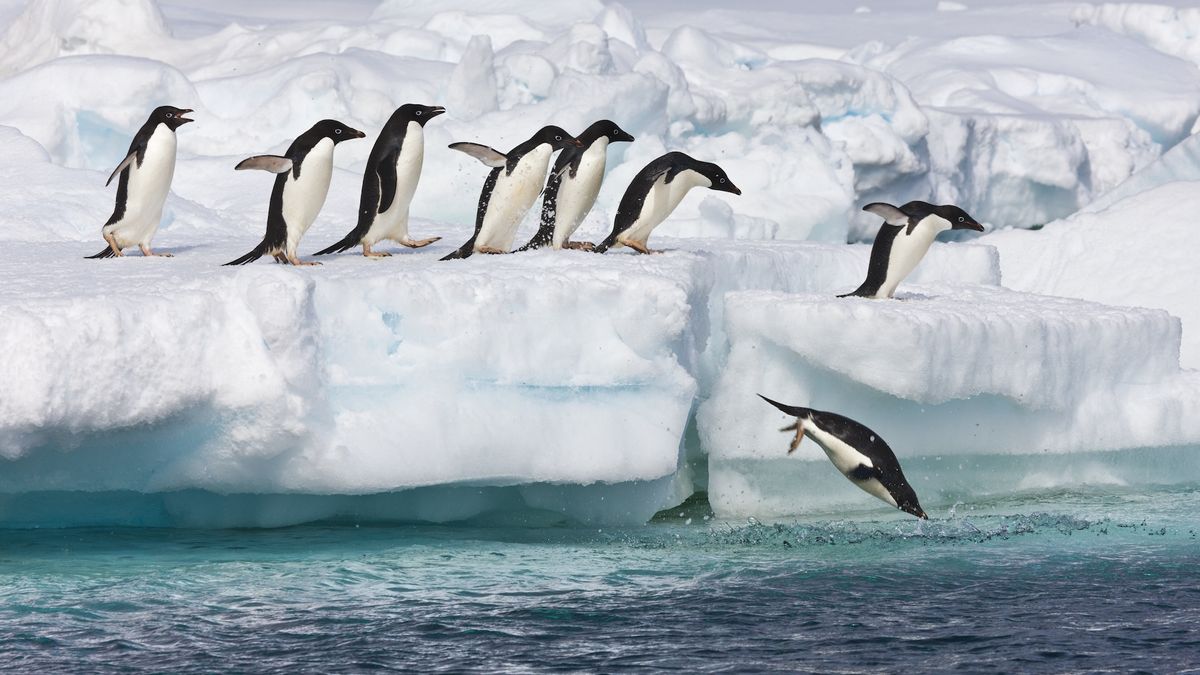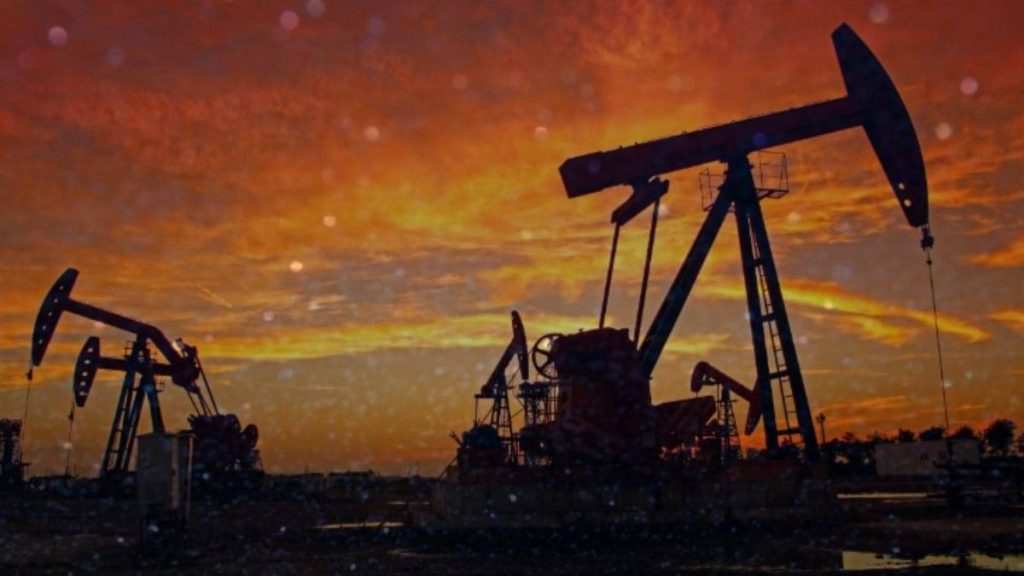Now Reading: Unveiling Antarctica: Secrets Beneath the Ice
-
01
Unveiling Antarctica: Secrets Beneath the Ice
Unveiling Antarctica: Secrets Beneath the Ice

Fast Summary
- Antarctica, largely covered in ice averaging 1.3 miles (2.2 km) thick, has been shrouded in mystery for 34 million years.
- Beneath the ice lies a engaging hidden world featuring diverse biomes, ancient ecosystems, subglacial lakes (like Lake Vostok), mountain ranges, valleys, rivers, primordial bacteria feeding on crushed rocks, and large planes of soggy sediment.
- Subglacial rivers can behave differently due too immense ice pressure-allowing water to flow uphill-and they funnel water into various lakes below the surface.
- Johann Klages of Germany’s Alfred Wegener Institute discovered Antarctica’s first amber fossil from an ancient rainforest dating back 90 million years.
- Researchers found unstable zones where sediment underneath parts of the ice contributes to rapid movement into oceans and potential sea-level rise when melted.
- Ice retreat is already at a critical tipping point where ocean incursion below sea level can destabilize glaciers further through buoyancy effects.
Indian Opinion Analysis
The revelation of thriving ecosystems and complex geological formations under antarctic ice highlights its meaning not just as a frozen wilderness but as a key indicator in global climate research. For India-a vulnerable nation with over 7,500 kilometers of coastline-the stability or retreat of Antarctic glaciers bears enormous implications on future sea-level rise and subsequent socio-economic impacts such as coastal flooding and displacement. Research findings emphasize that continued monitoring is crucial for understanding Earth’s interconnected systems that effect all nations globally.
India’s efforts should continue focusing on polar research collaborations within initiatives like COMNAP (Council of Managers of National Antarctic Programs), while domestic policy prepares for adaptive measures against rising seas driven by accelerating polar melt.
Read more: Live Science



























